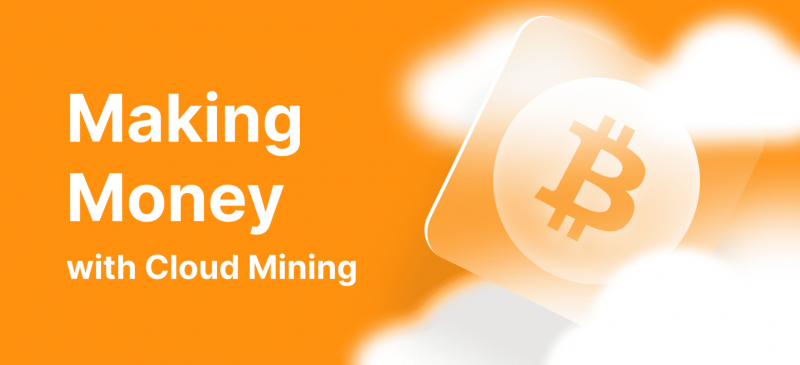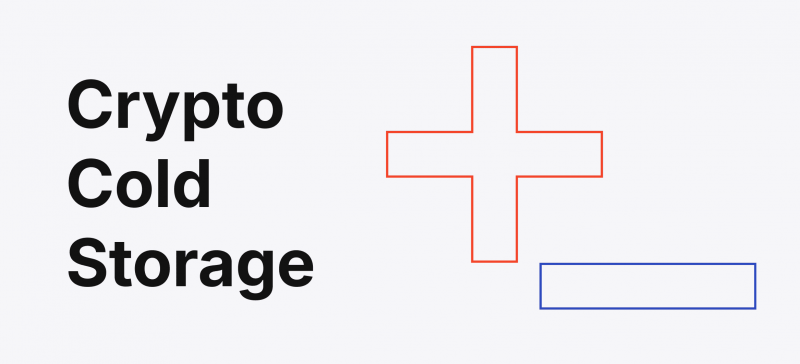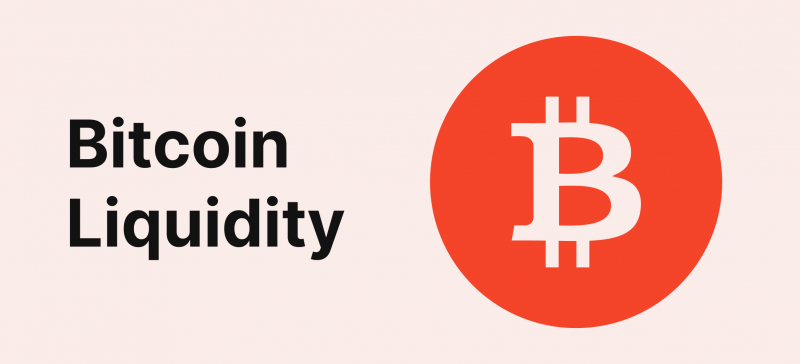There are different ways to make money in the blockchain world. Those with analytical and financial skills usually choose to trade in crypto, while Web 3.0 enthusiasts collect and store virtual coins in their wallets.
However, mining is one of the oldest and most robust ways to earn in DeFi. Not only does it facilitate continuous earnings, but it is also an integral part of the decentralised world because it contributes to payment processing and transaction validation.
While classic mining requires advanced machines and tools, cloud mining is more accessible for those who can’t acquire mining machines with robust computing power.
Let’s review cloud mining and how to make passive income with crypto.
Key Takeaways
- Cloud mining makes standard Bitcoin mining more accessible by using existing technologies and hardware in the miners’ custody.
- Users can sign up for a hosted, virtually hosted or hash rate lease to earn passive income through cloud Bitcoin mining.
- Renting a preset computing capability is a common practice for users to earn according to the amount of money they have invested.
- Cloud mining is more flexible, allowing users to join multiple mining rigs or switch blockchains and cryptocurrencies anytime.
Introducing Cryptocurrency Mining
Crypto mining started alongside the emergence of Bitcoin, the first cryptocurrency, which is the process that verifies BTC transactions and registers new coins in circulation.
Mining entails using highly powerful computers to solve complex mathematical problems to reach a 64-digit number, ensuring the operation’s validity according to the BTC blockchain regulations and avoiding fraudulent transactions.
Each mining run ends with creating a new block containing the transaction information, which gets added to the blockchain. Miners get rewarded with the blockchain’s coins or tokens in exchange for the work.
This way of making passive income with crypto was distinctively popular in 2020-2021 when many people around the world stayed at home during the COVID-19 pandemic.
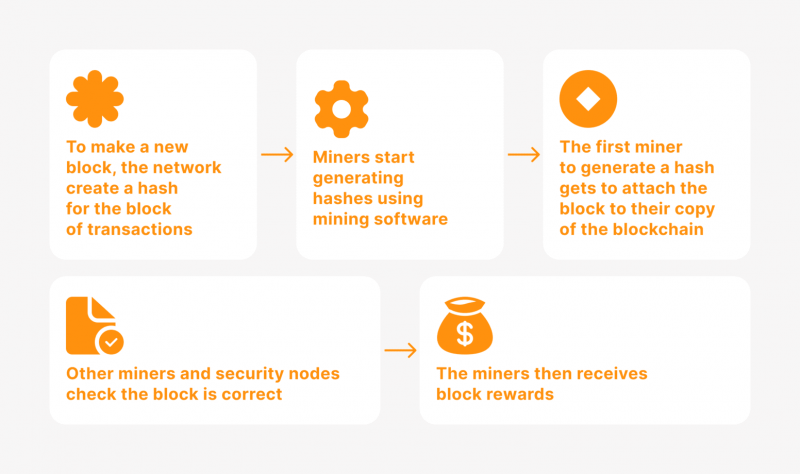
Satoshi Nakamoto, the founder of cryptocurrencies, minted the first “genesis block” on January 3, 2009, marking the beginning of blockchain and mining activities.
What is Cloud Mining?
The rising costs of mining machines add more pressure on network participants and those who want to become validating nodes and contribute to the blockchain. In fact, many believe that increasing mining activities caused a shortage in processing GPUs in 2021.
To overcome this obstacle, BTC cloud mining was created to give users access to superior computing resources to accommodate the growing need for sophisticated computers to solve Bitcoin equations.
It is a subscription model in which miners pay special fees to use remotely located mining rigs without actually owning or managing the device itself. Instead, cloud mining companies control and manage the process while you receive the mining rewards.
In other words, you rent the mining capabilities and machines and earn the mining monetary proceedings.
Depending on the blockchain you sign up for, the rewards can be very lucrative. For example, after the recent Bitcoin halving, miners who solve complex equations on the Bitcoin blockchain will receive 3.125 BTC in rewards.
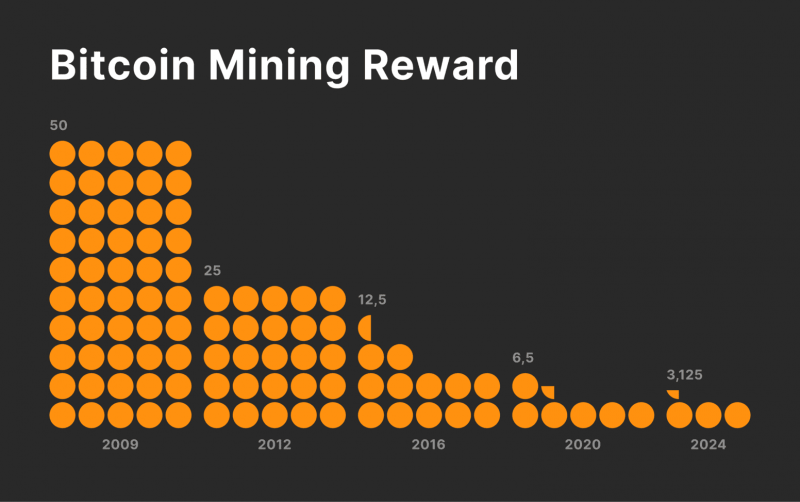
This process is also known as Proof-of-Work, and it is used by many networks other than Bitcoin, such as Litecoin, Monero, and Dogecoin. Conversely, Ethereum moved to Proof-of-Stake, which does not involve mining to validate transactions.
Will Cloud Mining Make You Real Crypto Passive Income?
Yes. Cloud mining providers make it easier for you to earn by paying rental and subscription fees to acquire a hash rate and computation power that solves complex puzzles without your intervention.
BTC cloud mining can take from 10 minutes to several hours or days, depending on the campaign difficulty and the machines used.
Types of Cloud Mining
Offering cloud mining services has developed over the years as crypto enthusiasts are motivated to earn money and contribute to DeFi developments. The market is more accessible now to new nodes, who can join the network in three different ways.

Hosted
Hosted, or custodial, mining involves the provider keeping hold of all the mining hardware while users pay to use the machines virtually.
As such, the hardware is placed in a data centre or mining rig in the provider’s custody, which leases it to users for various mining contract options.
Miners rent the machines in a weekly or monthly period determined by the contract without being involved in managing or running the mining process. Instead, the owner takes full responsibility for technical fixing and maintenance, crypto mining, power supply, and cooling the machines.
This approach is preferable for users who lack technical knowledge or want to earn income without the struggle of setting up the machine themselves.
Virtual Hosted
The virtual hosted mining provides a mixture of hosted cloud mining and hash rate lease. Users are not required to buy any hardware machines or install any physical computers. Instead, they rent a virtual location where they install their own mining software.
This way, the host provides the hardware and mining rigs while customers run their software, giving them more control and flexibility over their mining efforts.
This approach suits users with advanced technical know-how who want to save on purchasing significantly powerful GPUs and chipsets. It also minimises any maintenance and custody responsibilities.
Renting Hash Power
The hash rate refers to the maximum output of mining garnered through a given computing capacity. This model suits users who want to get started with cloud mining profitability with minimum holding, maintaining and developing efforts.
This way, users rent a specific hash rate that gives a maximum possible amount of crypto mining and rewards. In other words, they do not directly earn from the relevant ecosystem, as like 3.125 BTC in the Bitcoin blockchain. Instead, they earn a predetermined share of the rewards won by miners.
Hash power lease is more flexible, and most cloud mining firms allow users to change their subscription type or blockchain currency.
The Process of Bitcoin Cloud Mining
Cloud mining, or cryptocurrency mining in general, uses a computer’s graphics processing unit (GPU) and application-specific integrated circuits (ASIC) to generate random numbers with 64 digits.
The total BTC supply is fixed at 21 million. Therefore, miners race to guess each number by creating random numbers that match the correct one determined by the network. Once the number is guessed, the block is created, and the operation starts to find the next block number.
Powerful machines are used in mining operations because they can create and guess millions of numerical combinations in one second, and with the increasing access to mining, the race becomes more intense.
How to Make Money with Crypto Cloud Mining
Cloud mining simplifies the complex mining process so that users do not have to invest in heavy computers, place them in physical locations or manage any software.
Users can participate in multiple cloud mining rigs to increase their chances of making money. However, the costs must be considered because they vary between companies.
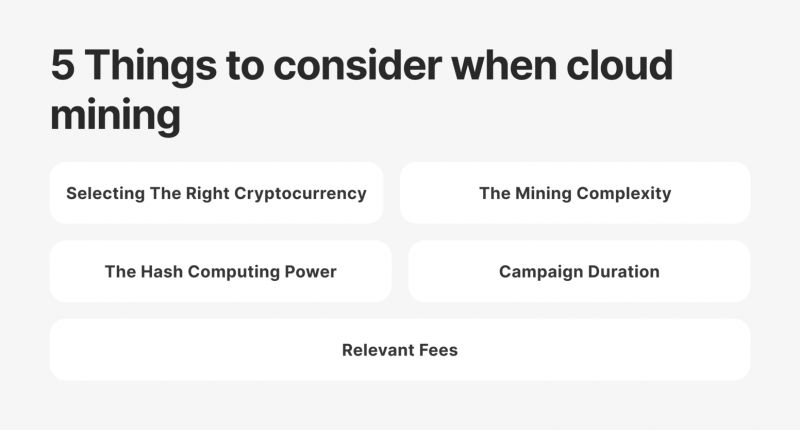
Additionally, the miners’ rewards, number string length, and token supply differ between blockchains, and the user must consider the following.
Selecting The Right Cryptocurrency
The crypto market is highly volatile, and your gains from the mining process depend on the coin price. Bitcoin cloud mining is the most common due to the coin’s massive value growth and the established blockchain system.
However, the competition with an increased number of miners makes it more challenging to guess the correct block number. Other coins that can be mined for rewards are Monero, Litecoin, and Zcash. These may have more rewarding systems, but their value is not as great and stable as Bitcoin’s.
The Bitcoin halving events also affect the miners’ income because every four years, the gifted tokens are reduced to half. However, revenues do not change dramatically with the consistently growing BTC price.
The Mining Complexity
Mining for Bitcoin can be complicated, especially with the introduction of new technologies and chipsets. Previously, using a GPU card was enough to mine for BTC. However, with the advanced technologies and intensified competition, ASIC has become more common for guessing numbers much faster.
Miners now use GPUs to mine relatively easier blockchains, such as Monero or Zcash, which can be easier to mint despite their lower coin value.
For example, the Monero blockchain rewards miners with 0.6 XMR, which can be mined in less than 2 minutes on average. However, mining Bitcoin is more challenging, and machines can take months to guess the right number combination.
The Hash Computing Power
The hash rate is the possible output contributed during the mining process. As such, the higher the hash rate, the higher the chances of finding the correct guess.
With the increasing number of miners, the hashrate increases, making mining more difficult. Therefore, users always look for the most robust and powerful machines with the highest hash rate to increase their chances of winning.
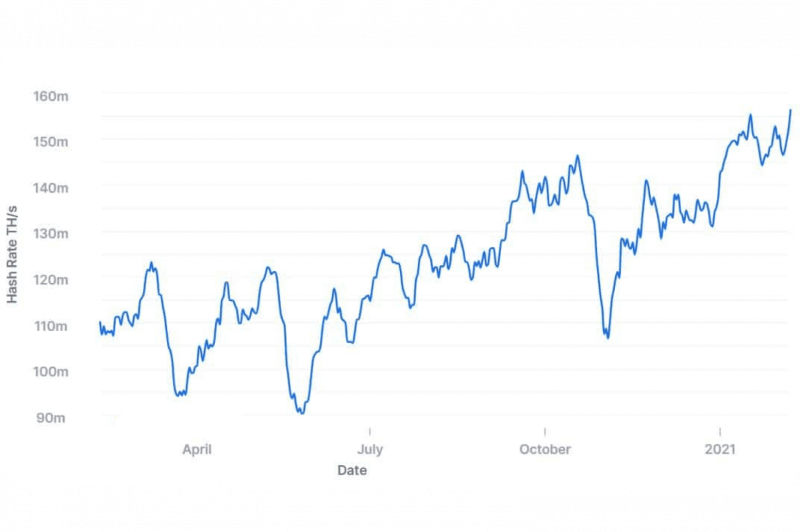
Moreover, this term determines the allocated rewards in cloud mining, referring to the capacity given to a particular user in the process. Therefore, renting a higher hash rate means more guesses and increased chances of matching the correct number.
Campaign Duration
Cloud mining providers lock up your invested money and hash rate for a given period, extending from six months to years. Longer cloud mining contracts increase the potential to make passive income.
However, long-term mining contracts are exposed to market factors, such as coin value fluctuations and reward changes. Moreover, mining is becoming more challenging year by year. At the same time, prolonged periods usually have better rates and can be more cost-effective.
Short-term contracts are more flexible, allowing users to switch their investments to different blockchains and realise their gains faster, but they can be more expensive than long-term campaigns.
Relevant Fees
Providers impose various fees, such as service or administrative fees, which vary widely between companies, blockchains, and mining difficulties.
Therefore, to avoid unexpected fees, it is essential to obtain complete pricing information and policies before investing in a cloud mining rig.
These payments can be charged separately or deducted from the allocated mining rewards, significantly lowering your gains, especially during declines or coin value instability.
Maintenance fees are standard charges which are required to keep the machines running. These hardware can be damaged more frequently, and replacing or fixing these parts takes time and money.
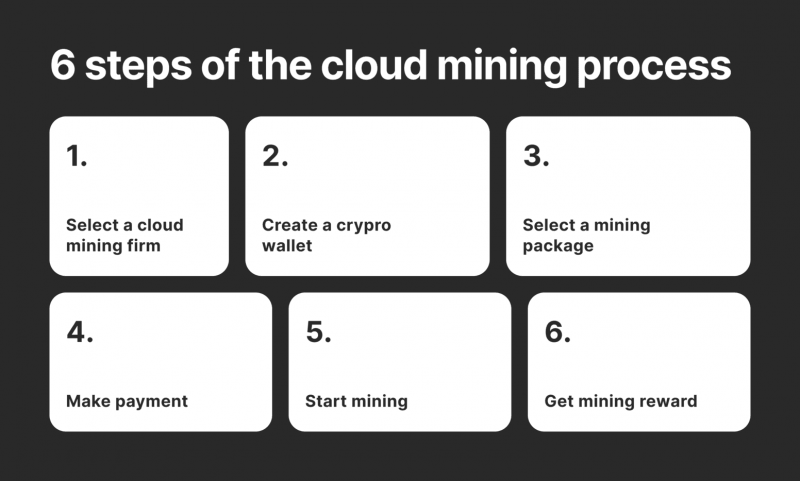
Is Cloud Mining Safe?
If done with trusted cloud mining sites, you can generate significant income if you are lucky to hit the jackpot. However, as with most online monetary service providers, you must be aware of scam websites.
Cloud mining made the complex process of solving equations for earning Bitcoins much more accessible, but it also made it more challenging. However, this business model has risks and rewards.
Advantages
- Cloud mining is easier and does not require acquiring and managing sophisticated hardware and software.
- Renting a hash rate or a virtually hosted rig is more affordable than solo mining for Bitcoin because it does not require purchasing equipment. Additionally, it eliminates maintenance costs and effort.
- Providers are increasingly common and offer easy-to-use interfaces and websites that make participating and making money more attainable.
- Cloud mining is more flexible than traditional mining because users can switch cryptocurrencies and make a fixed payment without machinery, overhead or electricity fees.
- Users can generate passive income by signing up for multiple campaigns on various platforms or blockchains to increase their chances of success.
Disadvantages
- Mining is risky because returns are not guaranteed, and the market, in its nature, fluctuates widely.
- Users have less control over their funds because mining rig providers manage the entire process.
- Some cloud mining companies keep their entire structure or process private, which makes it less transparent.
- Fraudulent operators are increasingly emerging, offering hosting without actual mining, which is hard to identify and verify.
Conclusion
The cloud mining industry is expanding, where users rely on existing cryptocurrency miners and hire their software, hardware and capabilities to receive rewards in Bitcoin or other cryptos that use the Proof-of-Work model.
This technology expands the pool for new miners to join by leasing hash rates and paying subscription fees to earn using mining rigs used by blockchain mining companies.
Cloud mining simplified the process for new crypto users and those with limited access to advanced computing machines, especially with the growing need for ASIC chipsets to run mining rigs, which can be hard to manage.
A hash rate lease is the most common way to earn money, as it involves signing cloud computing power contracts and earning revenue when mining succeeds. However, users must be careful of the ongoing suspicious businesses and free cloud mining rigs that try to scam users.
FAQ
Can you make money from cloud mining?
Yes. This technology makes crypto mining more accessible by using existing hardware and mining capabilities to earn passive income.
Is cloud mining for cryptocurrencies safe?
Many trusted cloud mining sites deliver safe revenue models that allow users to lease hash rates and earn proportionally to their investments or use virtual computers to integrate their software and start mining.
Will BTC cloud mining be profitable in 2030?
It is difficult to tell for sure. However, with the increasing adoption rate and growing value of cryptocurrencies, especially Bitcoin, revenues are more likely to double in the coming years.
How can I invest in cloud mining?
Find a reliable cloud mining provider and inspect their reputation and model before registering. Then, choose the mining contract type; the hash rate is common, which is a subscription-based fee paid to acquire a computing capability and receive revenue according to your investment.
